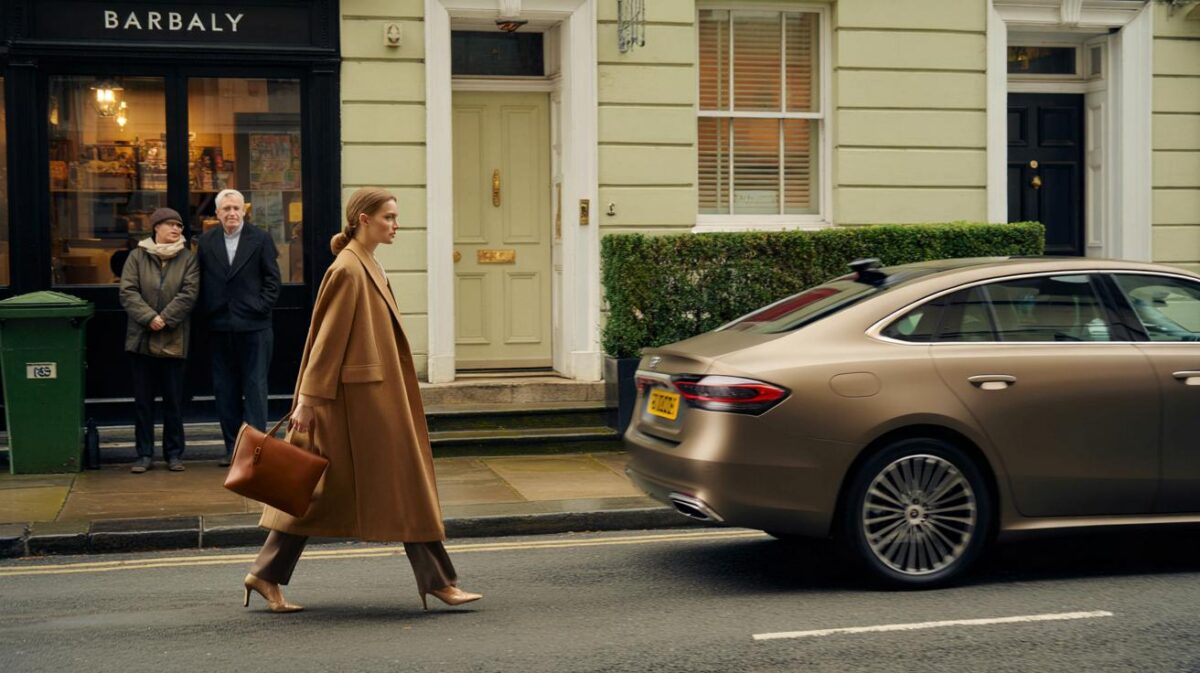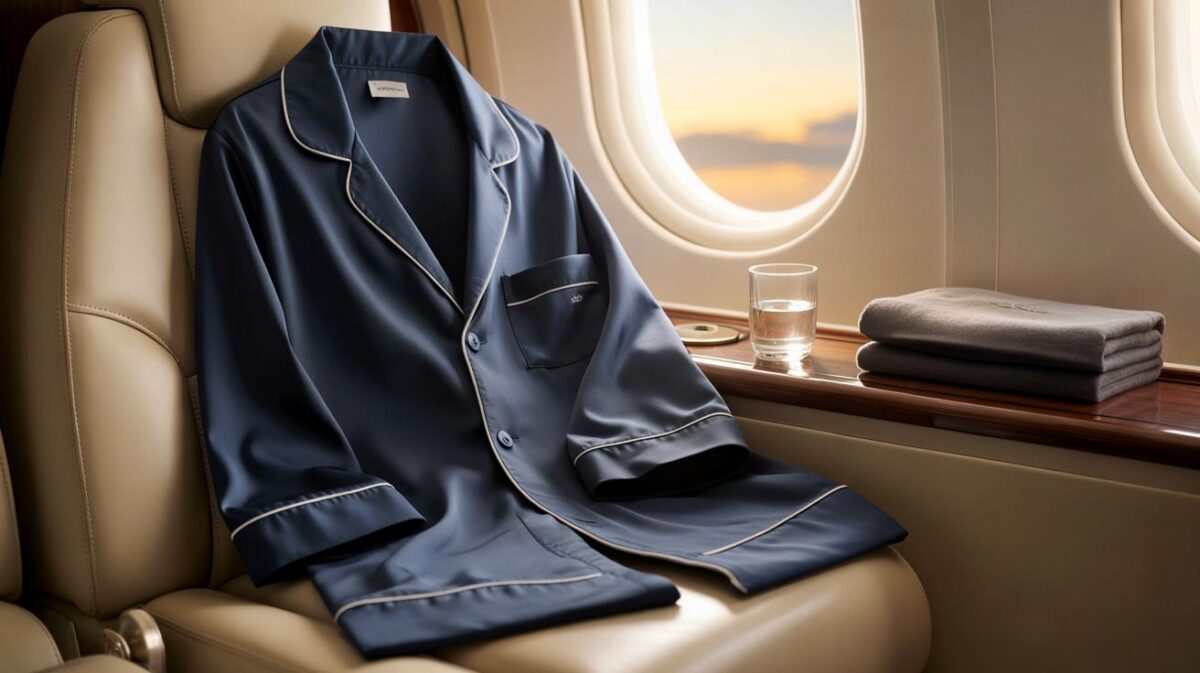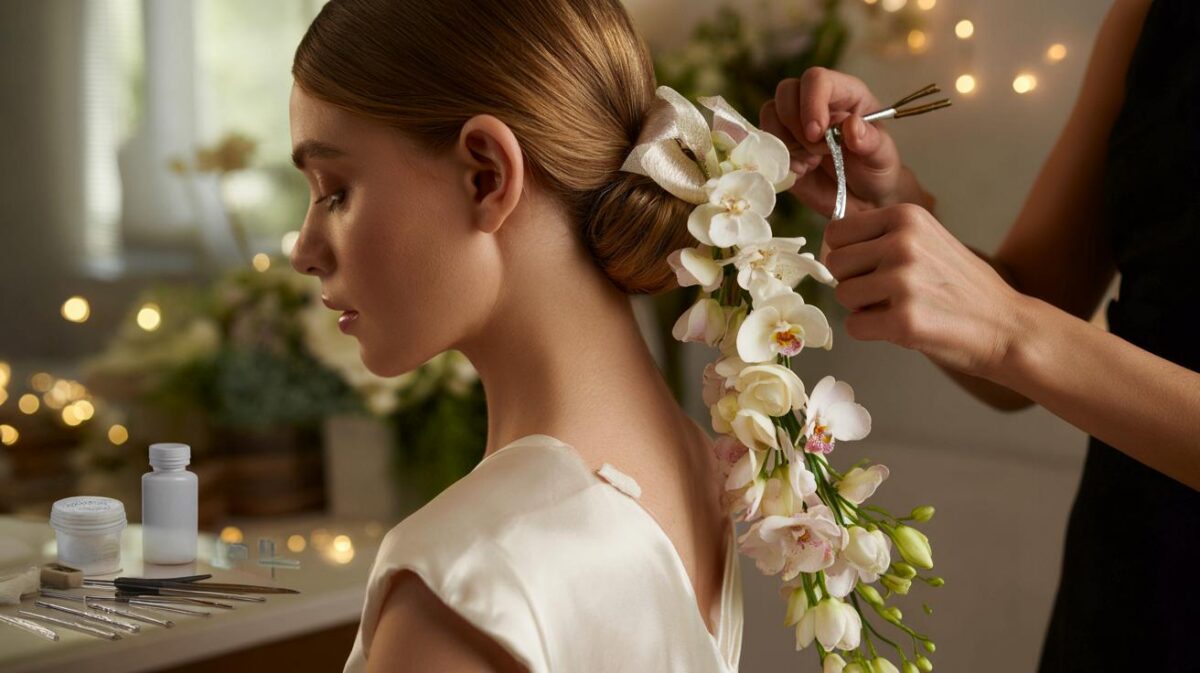London’s winter has a way of peeling the softness off your face. Wind that whips along the Thames. Radiators that parch your skin from the inside out. So a new ritual has slipped into the city’s mornings: a glossy, invisible “barrier mask” that people wear for ten minutes before stepping outside — and sometimes on the bus.
42am. A woman in a navy pea coat dabbed a balm across her cheeks and nose, then rubbed it in with the kind of concentration you usually reserve for eyeliner. A faint sheen caught the carriage lights; by Oxford Circus, she’d pressed a tissue to her face and was gone with the crowd, skin still glowing.
Outside, the air bit hard. Commuters hiding behind scarves, traffic lights blinking in the drizzle, a queue snaking past a coffee hatch. The woman’s trick kept bouncing around my head as the cold needled my own face. And it’s catching on.
London’s new cold-weather beauty mask
Across the city, people are trying a “barrier mask”: a thin, occlusive layer that you wear like armour against windburn and radiators. Think of it as temporary weatherproofing for your face. **This winter, Londoners are wearing their skincare like a scarf.**
We’ve all had that moment when your cheeks sting the second you step off the Tube. A barista in Hackney told me she does a ten-minute balm mask before the 6am coffee rush, then blots and adds SPF. A runner in Hyde Park swears by a Cicaplast-on-cheekbones layer right before the first lap. *My cheeks felt like chapped paper until that mask melted them back to life.*
Why it works makes sense. The skin barrier is a brick wall of lipids that hates dry air, wind and heating. Occlusives like petrolatum, lanolin, squalane and shea butter sit on top, slowing water loss and cushioning against the elements. Used smartly — over humectants and moisturiser, and not as a thick night-slug every single day — it’s less trend, more toolkit.
How to try it without looking like a glazed doughnut
Start light. Mist with a simple hydrating spray, press in a hyaluronic or glycerin serum, then a ceramide-rich moisturiser. Seal with a pea-sized amount of balm across the areas that sting first — usually cheekbones, nose, outer corners of the mouth. Leave it on for 10–20 minutes while you make tea, then tissue off the excess and finish with SPF. Outdoors for long, windy walks? Keep the thinnest veil on the high points of the face.
Go fragrance-free if your skin is sensitised and skip strong acids underneath the mask in the morning. Occlusive layers can intensify whatever sits below, so keep it boring and barrier-friendly. Let’s be honest: nobody really does that every day. Aim for two or three “mask mornings” a week, then adjust with the weather and your skin’s mood.
Texture matters — ointments for harsh days, thicker creams for milder ones — and so does the exit strategy: blot, don’t scrub. A London facialist put it neatly:
“Treat the barrier mask like a coat you put on, then take off at the door. It protects, then disappears.”
Here’s a quick crib sheet for real life:
- Good under £10: plain petrolatum or a gentle barrier ointment.
- Mid-range heroes: Cicaplast-style balms, ceramide creams, squalane balms.
- Pairing tip: hydrating serum + moisturiser + whisper of balm + SPF.
- Skip: strong retinoids or peels right before a heavy occlusive.
- Commuter hack: apply on the bus, blot at your desk.
Where it’s headed next
This little ritual feels very London right now: practical, a touch subversive, oddly elegant. It’s the beauty version of a good umbrella — invisible when it works, missed when you forget it. **What began as “slugging” at night has morphed into a quick, commuter-ready shield.**
There’s a softness to it, too. A few minutes of care between alarm and inbox. A small buffer against the city’s edges. On a frosty morning in Marylebone, a cyclist dabbed balm at a red light and grinned at me, like we shared a secret.
The mask won’t fix everything — no product can — but it does make the season feel less punishing. Try it, tweak it, pass it on to the friend who always gets windburn at Borough Market. **Some trends are noise; this one is a whisper that sticks.**
| Point clé | Détail | Intérêt pour le lecteur |
|---|---|---|
| Barrier mask in brief | Thin occlusive layer over hydration and moisturiser for 10–20 minutes | Fast routine that cushions skin against wind and heating |
| Who it suits | Dry, dehydrated, wind-sensitive skin; tweak for oilier types | Helps decide if and how to try it safely |
| Do and don’t | Pair with humectants; avoid strong actives under heavy occlusives | Prevents irritation and breakouts while keeping results |
FAQ :
- Is the barrier mask just slugging?Different vibe. Slugging is a thick, overnight occlusive seal. A barrier mask is a lighter, time-limited layer you wear briefly in the morning or only on exposed areas.
- Can I wear it under makeup?Yes, if you blot well. Go minimal on balm, let it settle for 10 minutes, tissue off, then use a gripping primer. Cream blush and stick bronzer tend to sit better than powders.
- Will it clog pores?It can if you overdo it or layer over comedogenic formulas. Keep the balm thin, target the cheeks and nose, and cleanse gently at night. If you’re acne-prone, try non-comedogenic balms and patch test.
- Which ingredients should I look for?For the seal: petrolatum, lanolin, squalane, shea butter. For the base: glycerin, hyaluronic acid, panthenol, ceramides, cholesterol. Keep fragrance and essential oils low, especially in cold snaps.
- Can men try this without looking shiny?Absolutely. Use a matte-leaning barrier cream instead of a glossy ointment, apply just to wind-prone zones, and blot. It’s skincare, not sparkle.








